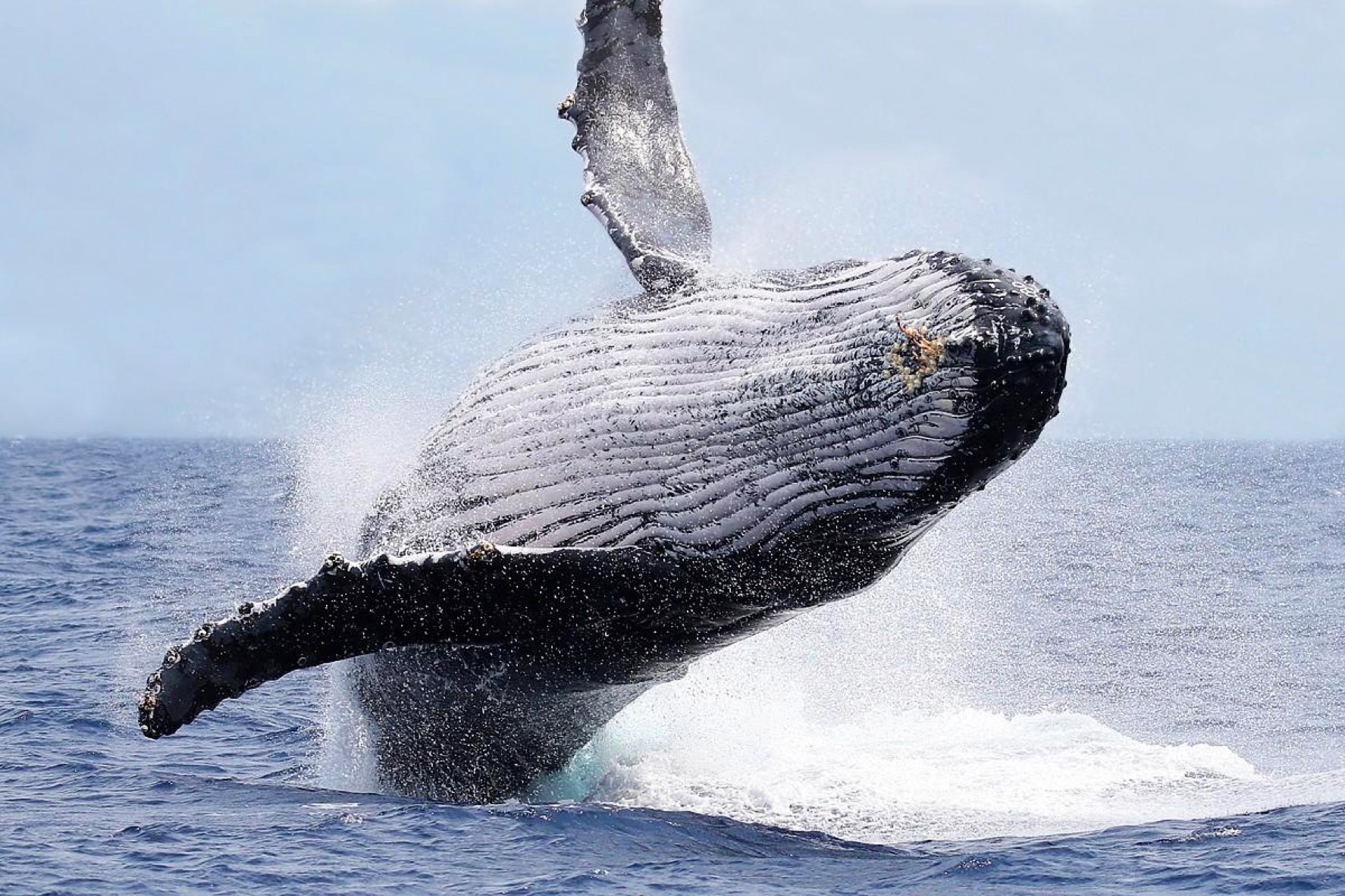10 Fascinating facts about Humpback Whales
A fully grown Humpback Whale can weigh more than 5 adult elephants, the largest land mammal.
15 Whales
Byron Bay
8-21
SSW 7KN
1.8m
Today there was plenty of action out off the coast of Ballina and Byron Bay. We enjoyed breaching, comp groups, muggings & tail slapping on our Byron Bay Whale Watching Cruises at 8:00am & 11:00am. Conditions are looking good this week, so be sure to book aboard our Byron Bay Whale Watching Cruise.
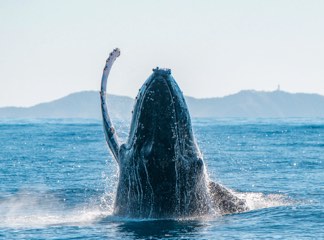

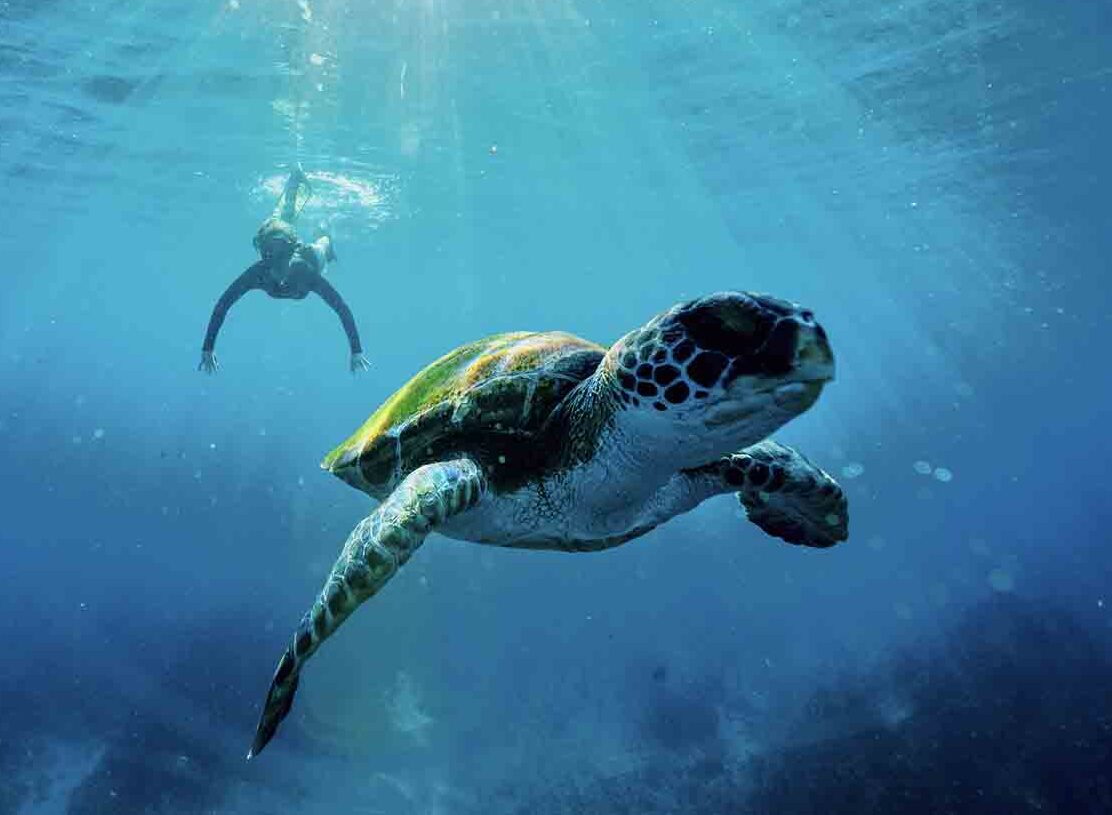
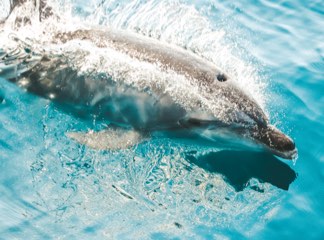
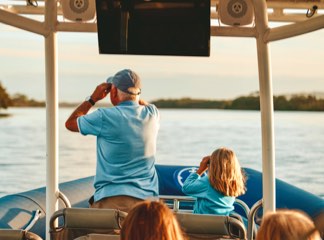
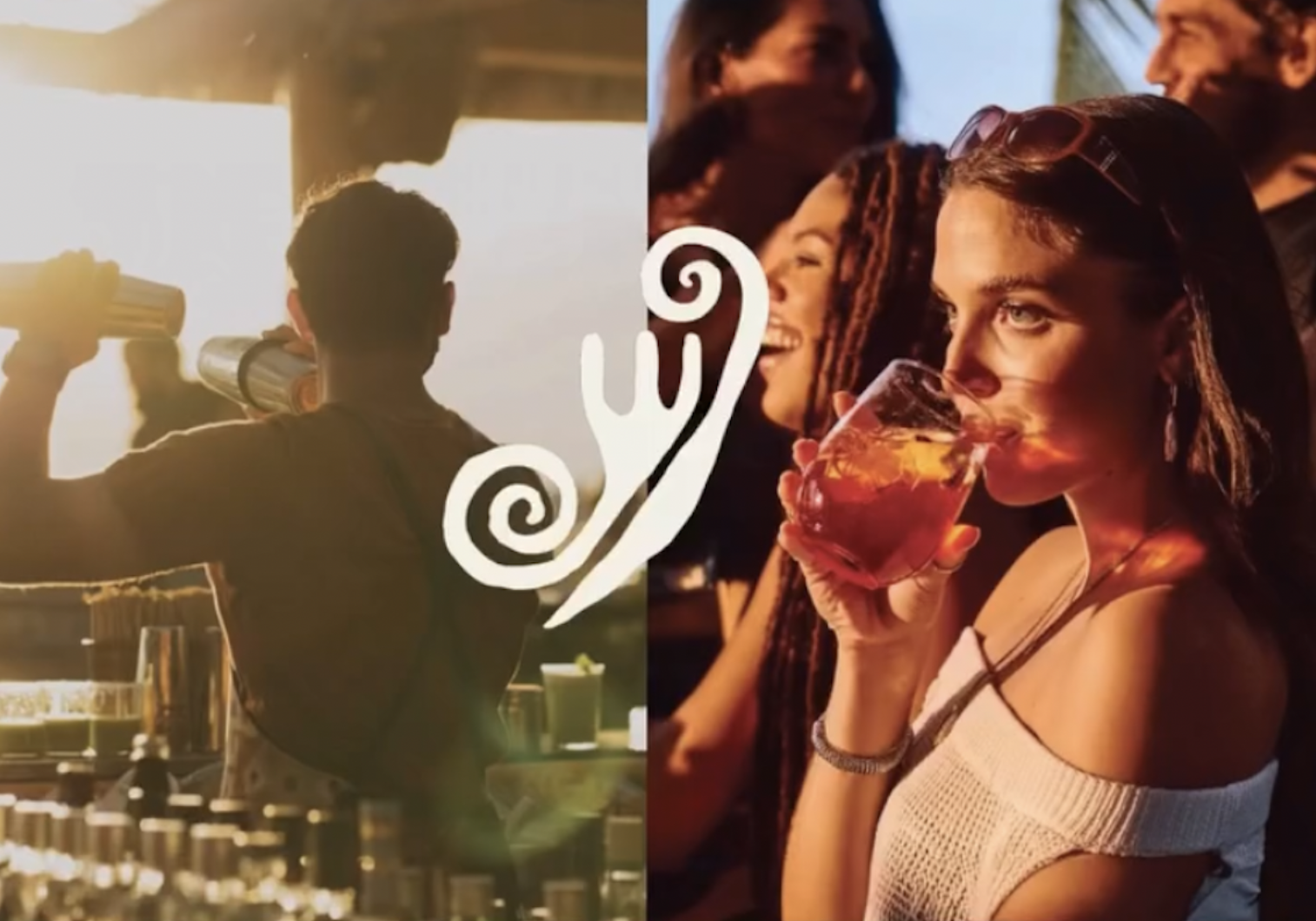
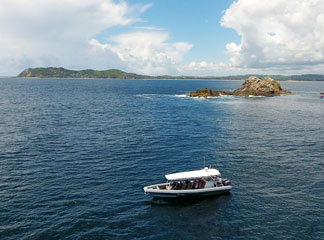
Mothers choose calm, sheltered & protected waters like Byron Bay to nurse, teach, rest, and play with their young in preparation for their long swim back to the Antarctic. Not that you need incentive to visit, but it’s all the more reason to book a Whale Watching Tour which provides front-row seats aboard an eco-vessel with 360º viewing of the sheer beauty of our favorite finned-friends. Whether its your first or 100th whale watching expedition, you are sure to watch in awe as these acrobatic creatures amaze us every time; whether they’re breaching, competing for mates, or nurturing their young.
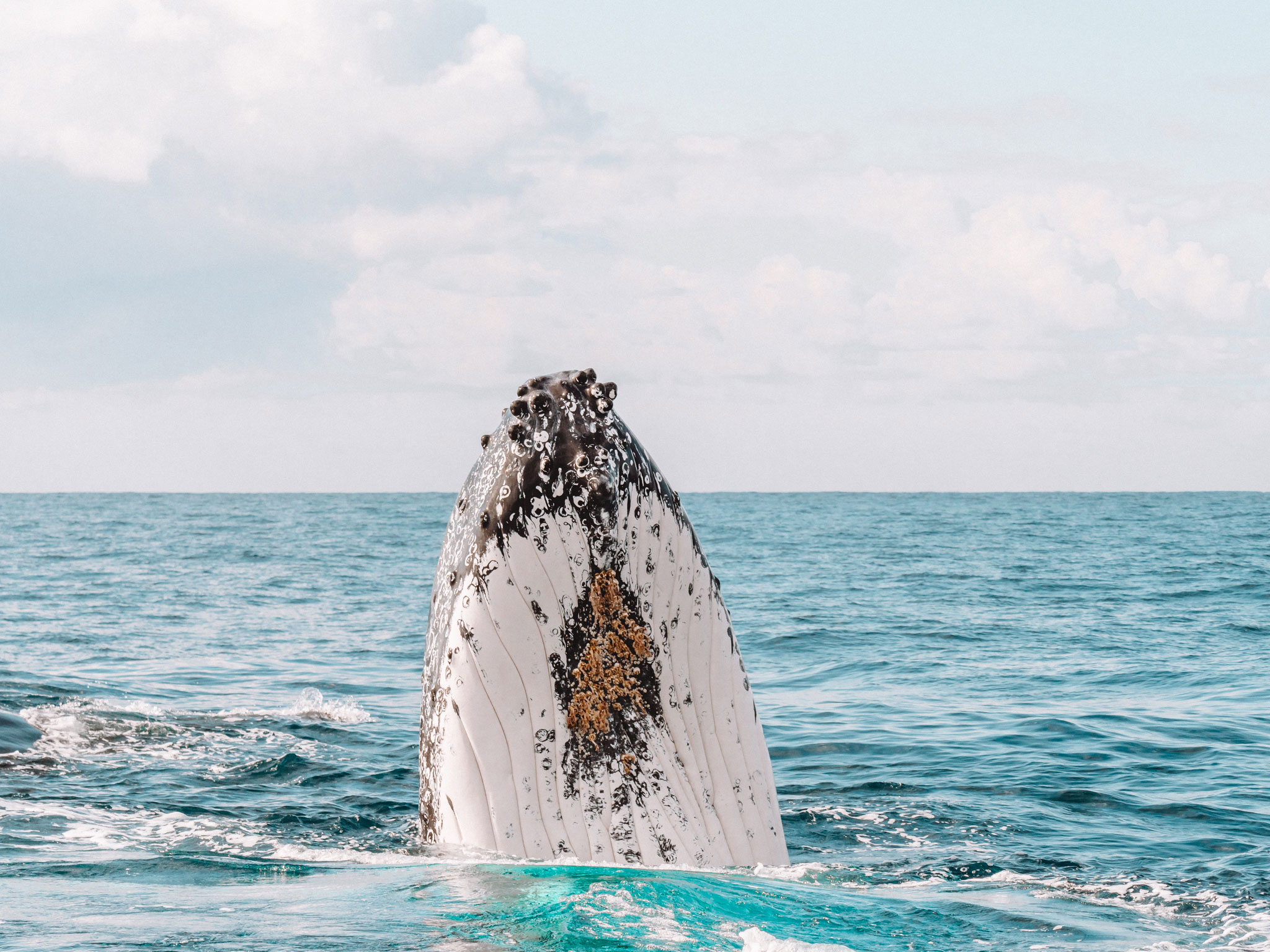
The onboard marine biologist enhances your whale watching experience with informative commentary. A specialised underwater hydrophone is also onboard, so you can hear live humpback whale song! You will be observing wild animals in their natural environment just like researchers & scientists do as a means of increasing our knowledge and understanding of these magnificent marine mammals and our ability to conserve this species.
Humpback whales are among the largest animals on earth! Witnessing them up close and personal you’ll realize their impressive size. Adults average 14-18m in length and weigh 50 tons. The weight of 8 African elephants, the largest land mammal. Mothers give birth to big babies! Calves are born around 4m in length and weigh 2 tons…that’s comparable to a UTE truck.
In the excitement of the whale season beginning, we reflect on Byron’s history of whaling and whale watching. Whaling became one of Australia’s first primary industries in the 1800s. Whales were hunted for their blubber which was melted down/ processed to be used as oil for lamp fuel, perfumes, soap and medicine. Between 1950 and 1962, nearly 12,500 Humpback whales were killed and processed at whaling stations along the east coast including at Byron Bay. A jetty stretching three quarters of a mile out into the bay at Byron was a feature of the landscape for 85 years.
The Byron Whaling Jetty served the fishing and whaling industry, with whaling boats pulling up to unload their catch which was then transported via a rail line along the jetty to the factory. Locals would venture into town to watch this popular event. Include Picture of whale winced onto jetty?
In 1960 and 1961, illegal hunting by Russian whaling ships in waters south of Australia and New Zealand took around 24,000 whales and wiped out this population. Over-exploitation eventually led to the demise of the whaling industry in Australia. By the mid 1960s, there were no more whales to catch. Humpbacks were hunted nearly to the brink of extinction with only 200 whales left in this population. A ban on hunting humpbacks came in 1963, and they were protected worldwide in 1965 after recognition of a dramatic global decline in numbers. Commercial whaling in Australia ended altogether in 1978 with the closure of the last whaling station in Western Australia.
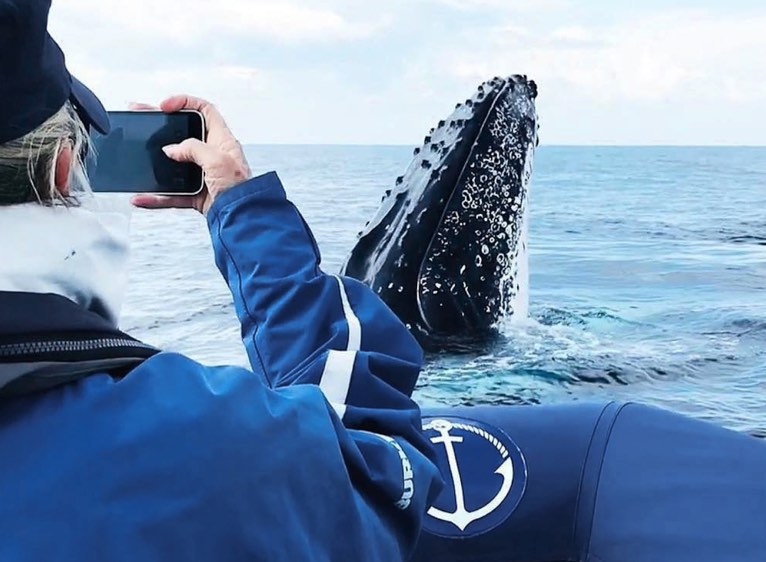
In 1979, Australia adopted an anti-whaling policy, permanently ending whaling in Australian waters and started to focus heavily on working towards the international protection and conservation of whales. 40 years ago, people believed the only way their children would see a humpback whale was from a page of the National Geographic magazine. Thanks to those who fought for the protection of this (nearly extinct) species and dedicated decades of funding and research, this is not how the story unfolded. Nowadays, there are around 25,000 humpback whales in this population that migrates up Australia’s east coast…the healthiest it’s been since they were hunted nearly to extinction. We can watch whales ashore Byron Bay’s picturesque beaches or enjoy close encounters aboard a whale watching excursion.
It’s an inspiring comeback story confirming change is possible with hope, perseverance, and commitment. Change may not be immediate/may take time, but this tale proves positive change can be happen over a lifetime. We hope an intimate, close encounter aboard Out Of The Blue Adventures Whale Watching Tour leaves you feeling empowered to protect the environment and its beloved creatures.
